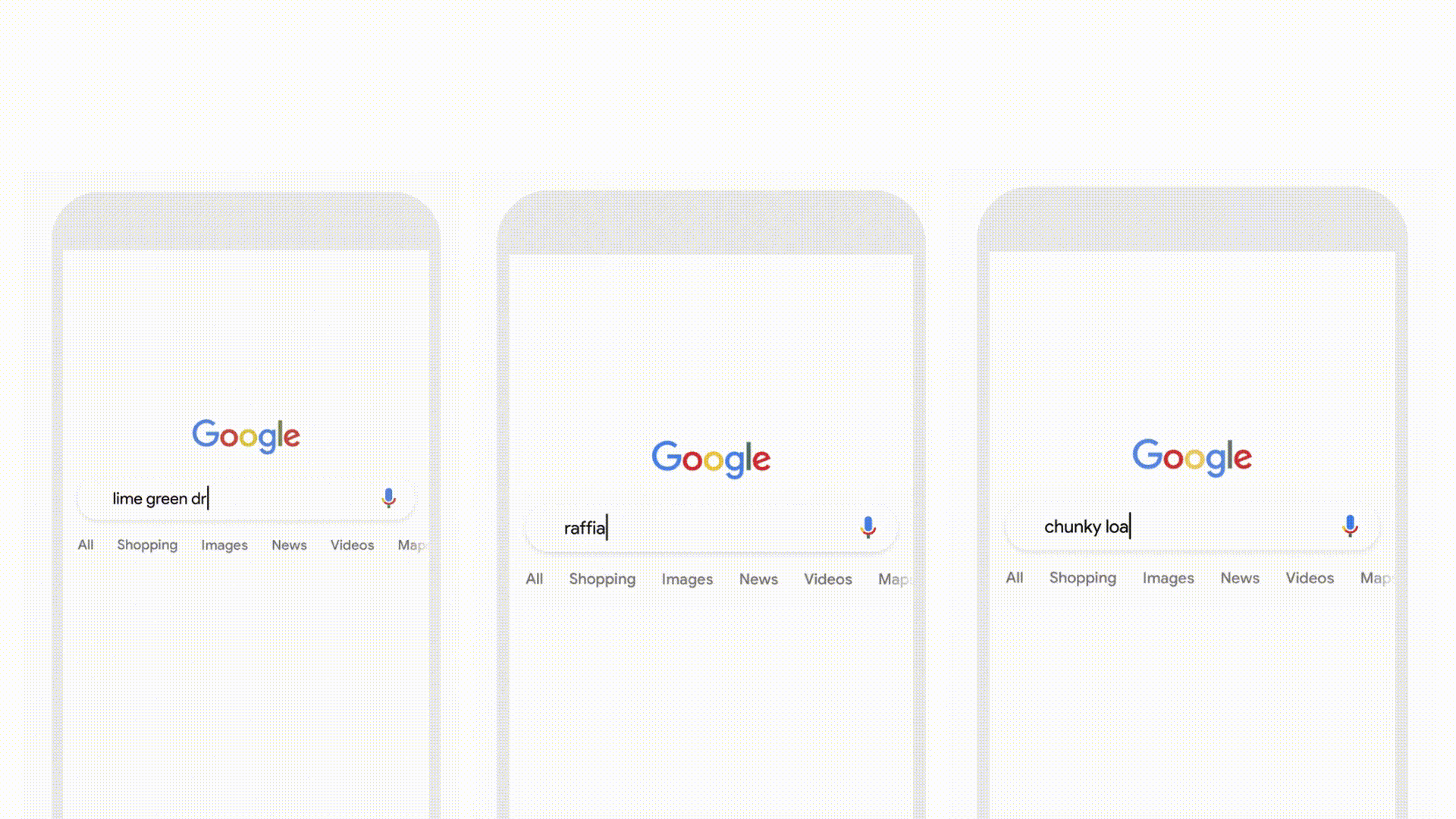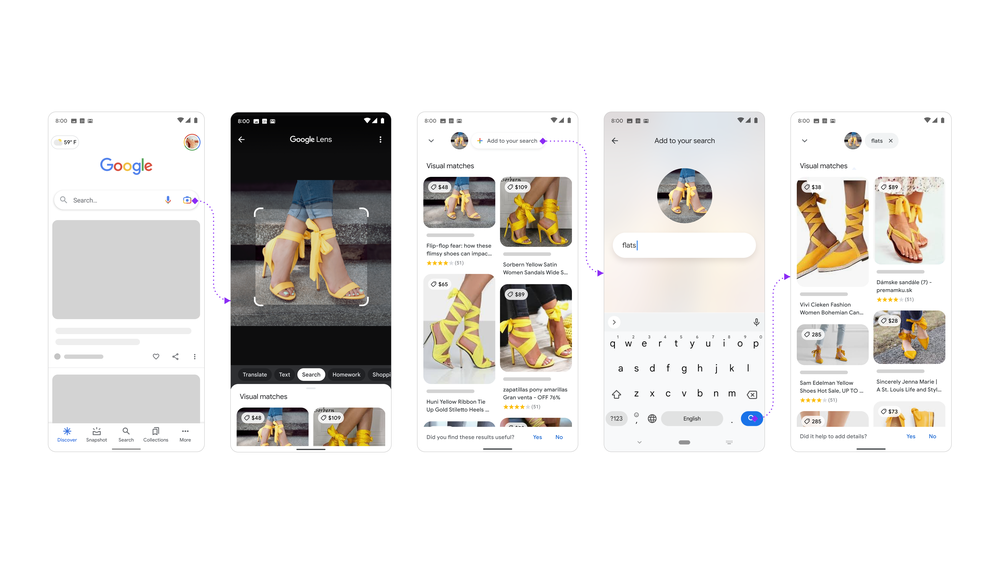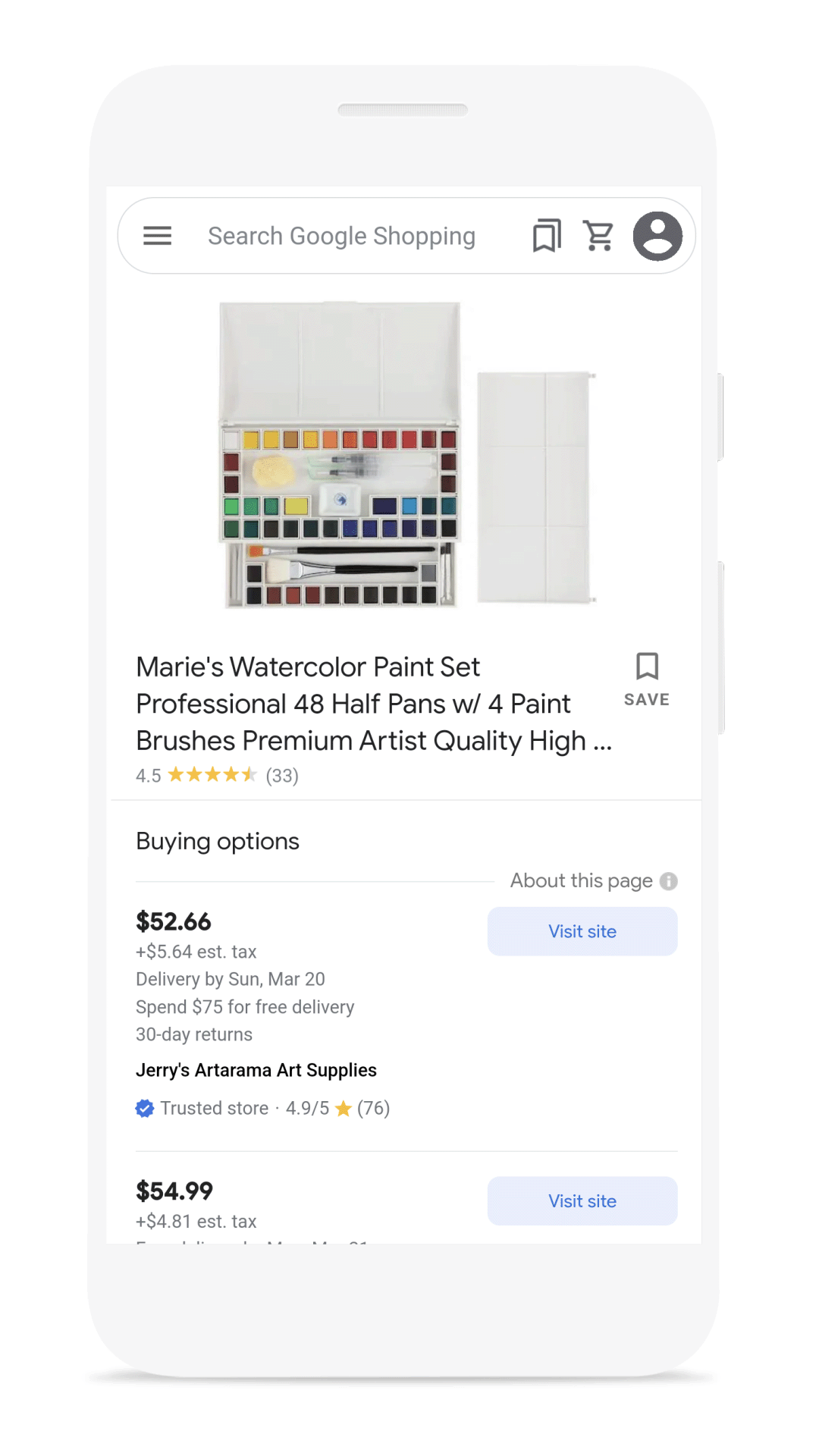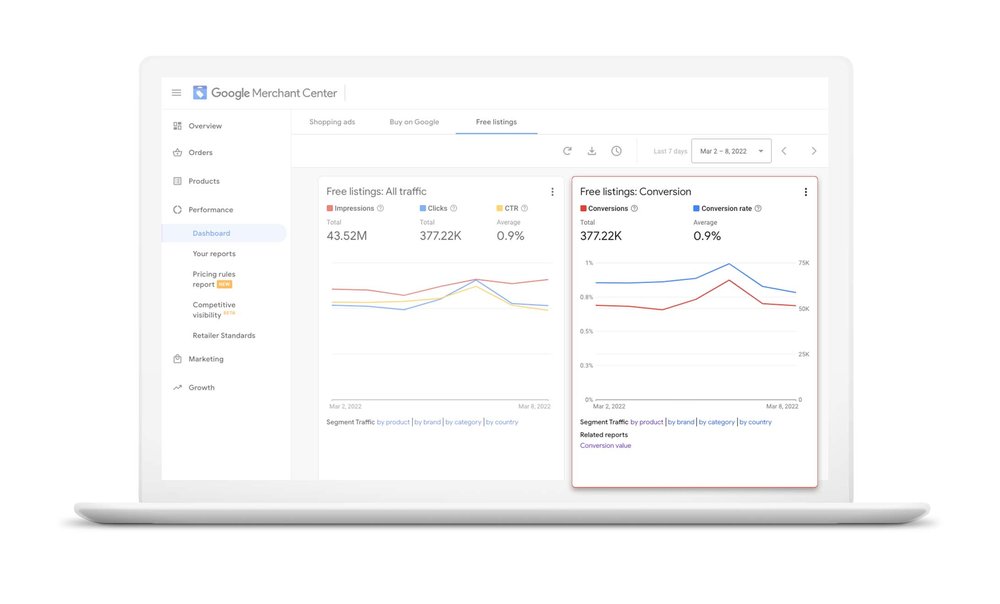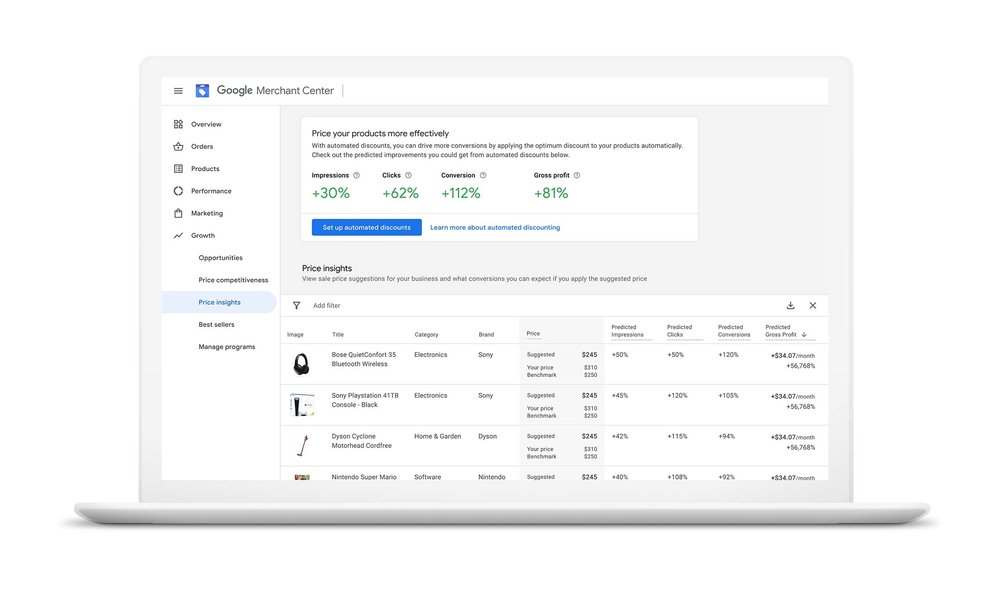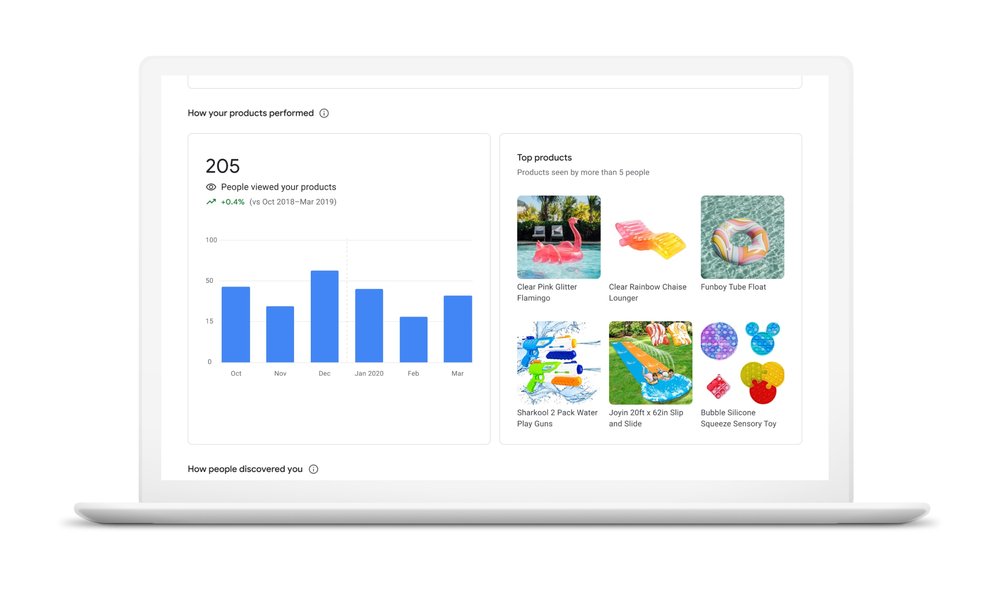How many times have you tried to find the perfect piece of clothing, a tutorial to recreate nail art or even instructions on how to take care of a plant someone gifted you — but you didn’t have all the words to describe what you were looking for?
At Google, we’re always dreaming up new ways to help you uncover the information you’re looking for — no matter how tricky it might be to express what you need. That’s why today, we’re introducing an entirely new way to search: using text and images at the same time. With multisearch in Lens, you can go beyond the search box and ask questions about what you see.
Let’s take a look at how you can use multisearch to help with your visual needs, including style and home decor questions. To get started, simply open up the Google app on Android or iOS, tap the Lens camera icon and either search one of your screenshots or snap a photo of the world around you, like the stylish wallpaper pattern at your local coffee shop. Then, swipe up and tap the "+ Add to your search" button to add text.
Multisearch allows people to search with both images and text at the same time.
With multisearch, you can ask a question about an object in front of you or refine your search by color, brand or a visual attribute. Give it a go yourself by using Lens to:
- Screenshot a stylish orange dress and add the query “green” to find it in another color
- Snap a photo of your dining set and add the query “coffee table” to find a matching table
- Take a picture of your rosemary plant and add the query “care instructions”
All this is made possible by our latest advancements in artificial intelligence, which is making it easier to understand the world around you in more natural and intuitive ways. We’re also exploring ways in which this feature might be enhanced by MUM– our latest AI model in Search– to improve results for all the questions you could imagine asking.
This is available as a beta feature in English in the U.S., with the best results for shopping searches. Try out multisearch today in the Google app, the best way to search with your camera, voice and now text and images at the same time.
